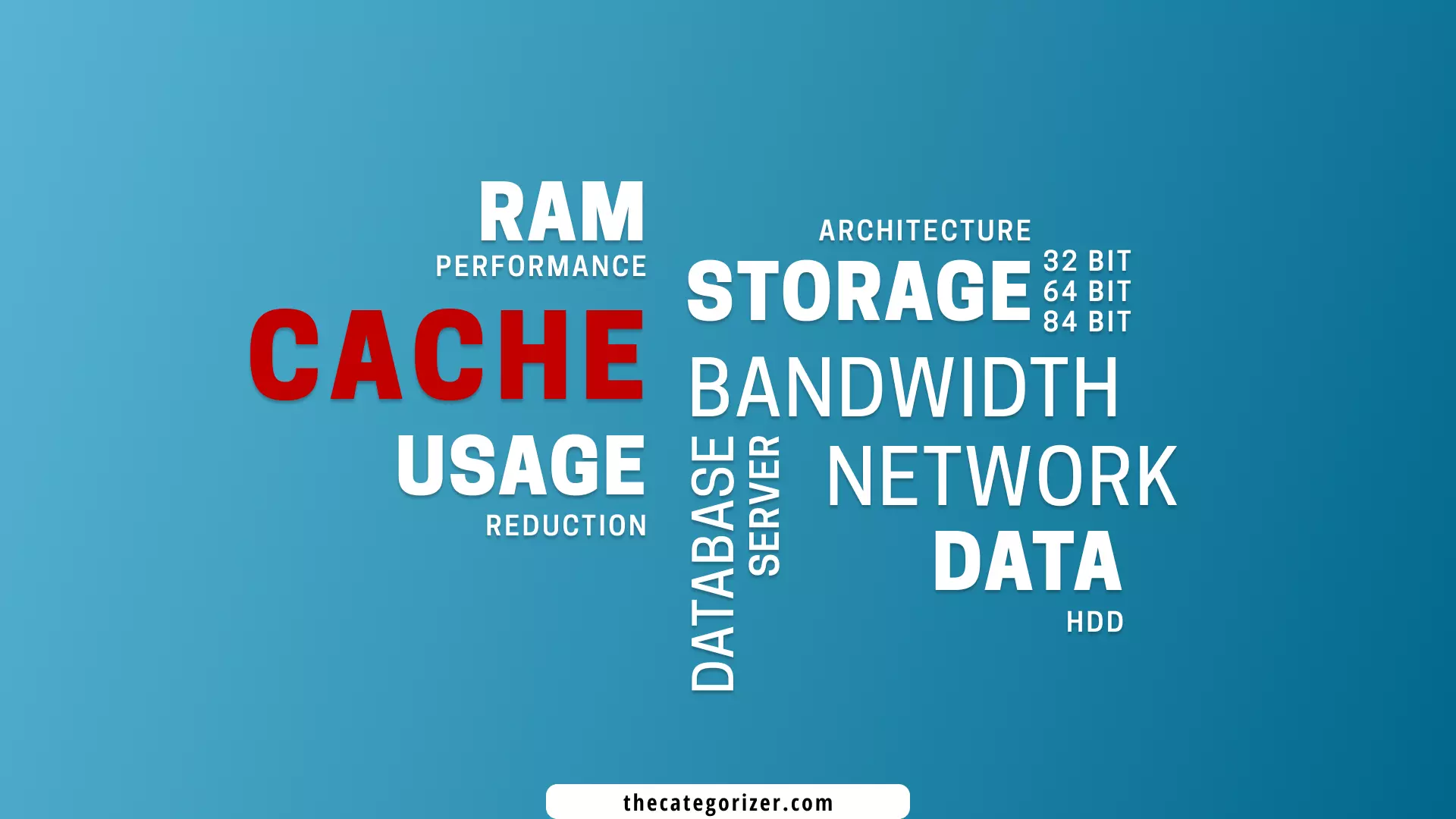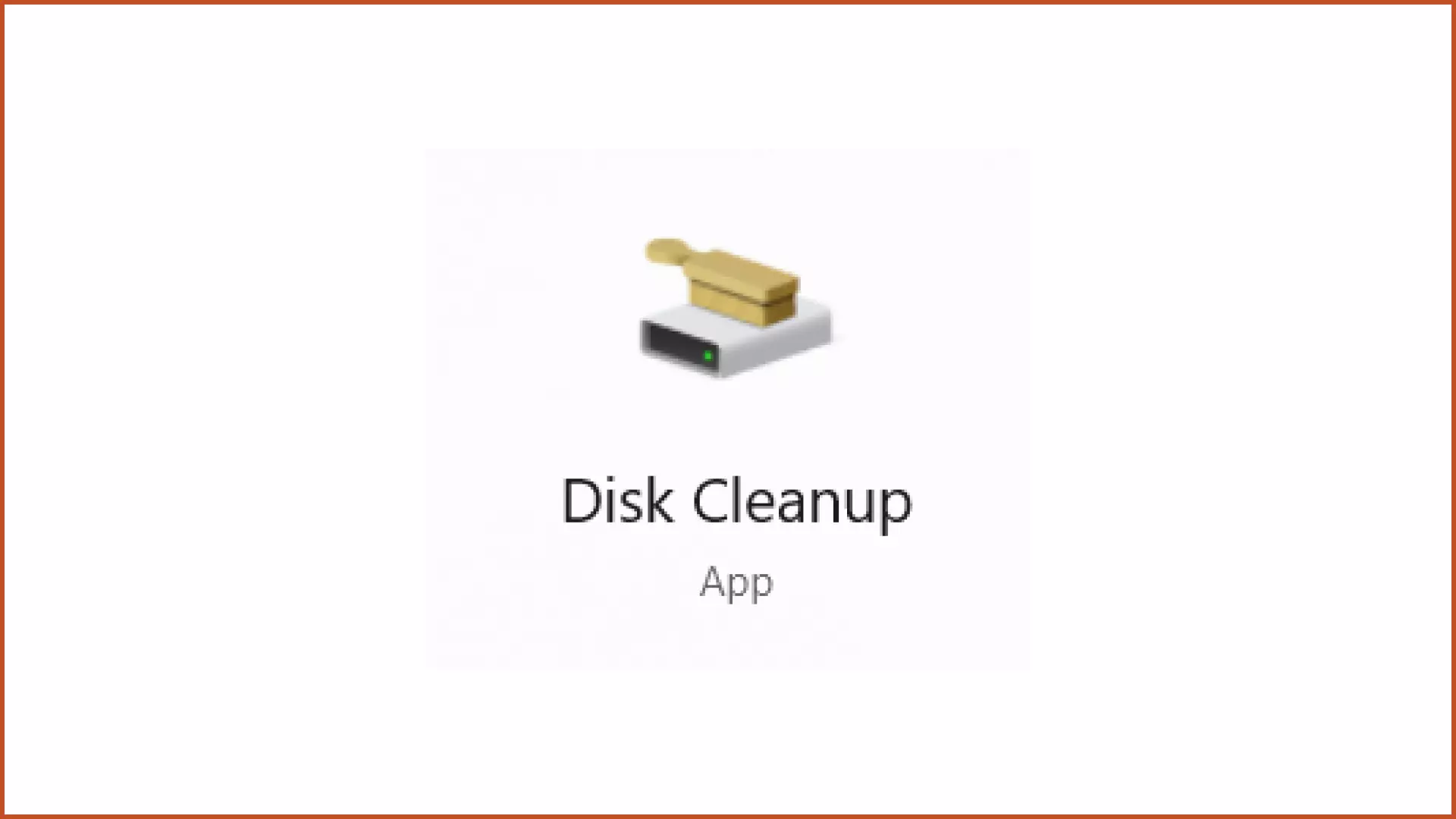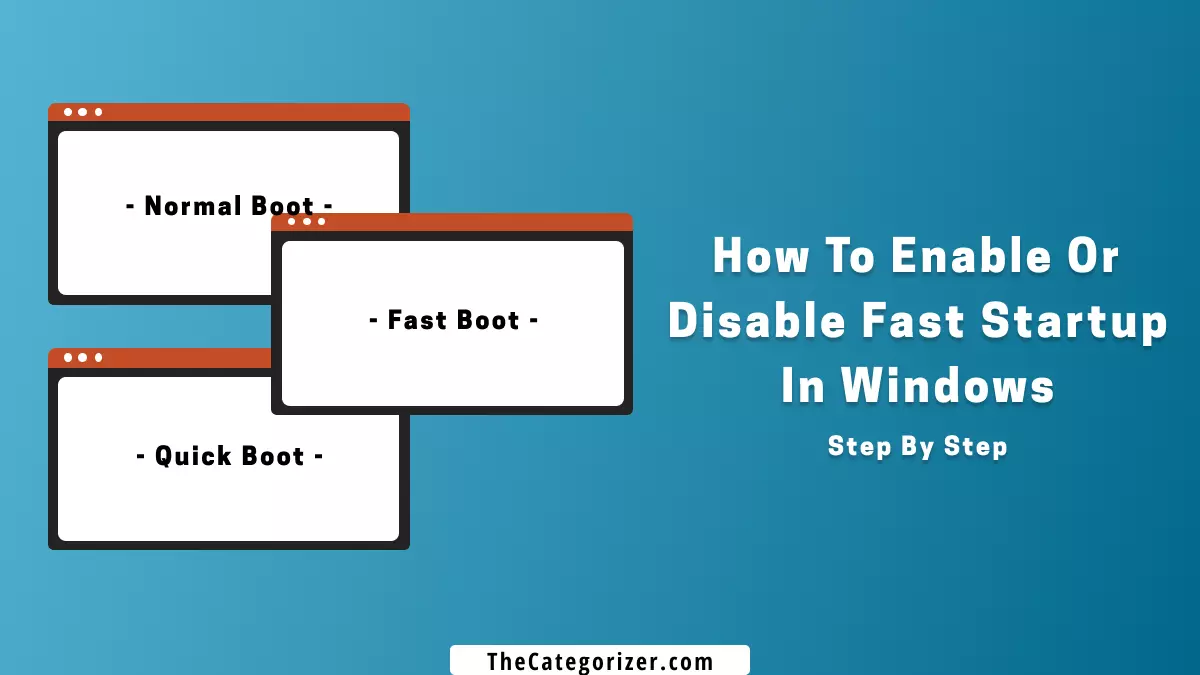Overview – Clear Cache in Windows 11
Before we proceed let’s define caching in simple words,
some data from apps and websites you visit are stored from the network to your device’s hard disk drive. This operation is called caching.
The system of caching was mainly developed so that the devices can load assets much faster every time they visit the application or website.

If you’re looking to clear cache to improve the performance of Windows, then, please don’t waste your time as clearing cache from the device will not do so. You’ll find out how towards the conclusion of this article.
Let’s breakdown what we’re going to cover in this guide:
How Does Caching Works in Computer?
When you open an app or a website, for the first you will notice that it’ll boot slightly slow.
Once you start using the application or website frequently, your device will store some data from the network to the Random Access Memory (RAM) in the Hard Drive.
Transfer of data from the cache to the main memory is called Cache Line.
On the next visit, the stored data/cache is received from the Hard Drive, and without updating the proxy again i.e, (without updating the request from the client/user side), and the content is served faster.
How To Clear Cache in Windows
1. Clear App Cache
Whenever an application is opened, Windows keeps a copy of all of your images, videos, thumbnails in order to display them quickly. Once you delete these cached files, they’ll be created automatically the next time you use the application.
2. Clear Browsing Cache and Cookies
Whenever a website is opened in a browser, it stores some cached data from the network to the hard drive. The browsing cached data includes images, thumbnails, fonts, etc.
3. Clear DNS Cache
The DNS (Domain Name Service) cache (also called DNS resolver cache) is a temporary database stored by the operating system containing credentials and records of all recent and attempted visits to other websites and Internet domains.
4. Clear Windows Store Cache
As the name suggests, the Windows Store cache collects the cache from the Windows Store in form of thumbnails and images.
5. Clear File Explorer Cache
The File Explorer cache includes the cache from the following directories: Windows thumbnail cache, Windows icon cache, Explorer history, update cache, etc.
6. Clear System Restore Cache
This system restore involves the cache in form of system variables and settings collected from the previous versions of Windows.
How To Clear App Cache in Windows 11
To clear the App cache in Windows 11, follow the steps below:
Step #1: Type ‘Disk Cleanup’ in the Start Menu and run it as an administrator.

Step #2: Under the ‘Disk Cleanup’ tab, check the Temporary Files option and press the OK button.

How To Clear Browsing Cache in Windows 11
To clear the Browsing cache in Windows 11, follow the steps below:
Step #1: Open the most frequently used browser on your device.
Step #2: Press the ‘Ctrl + H’ key combination to open the Search History and press the ‘Clear Browsing Data’ option.

Step #3: Set the Time Range to ‘All Time’ from the dropdown menu, check the ‘Cookies and other site data’ option and ‘Cached Images and Files’ option, and press the ‘Clear Data’ button.

How To Clear DNS Cache in Windows 11
To clear the DNS cache in Windows 11 with Command Prompt, follow the steps below:
Step #1: Search for ‘Command Prompt’ in the Start Menu and run it as an administrator.

Step #2: In the Command Prompt, type: ipconfig/flushdns and press the enter key.
This command is used to remove the outdated information in form of DNS Cache (also called DNS Resolver Cache) stored in the temporary database of Windows.

How To Clear Windows Store Cache in Windows 11
The Microsoft Windows Store Cache is actually stored in the following file path:
C:\Program Files\WindowsApps.
To clear the Windows Store cache in Windows 11 with Command Prompt, follow the steps below:
Step #1: Search for ‘Command Prompt’ in the Start Menu and run it as an administrator.

Step #2: In the Command Prompt, type the following command:
wsreset and press the enter key to reset Windows Store Cache.

How To Clear File Explorer Cache
In the steps below, we’ll be cleaning the file explorer that is actually collected the file path below:
C:\Users\User_Name\AppData\Roaming\Microsoft\Windows\Recent
To clear cache in file explorer, follow the steps below:
Step #1: Open the ‘File Explorer’ or ‘This PC’ on your device.

Step #2: Press the 3-dots menu (Meatball Menu) on the top bar and select the ‘options’ button from the drop-down menu.

Step #3: Click the ‘Clear’ button to clear the file explorer cache in file explorer history.

How To Clear System Restore Cache
In the steps below, we’re actually removing all the system restore points in Windows. Once the system restore points are cleaned, all the cache and junk files will also be removed.
To clear cache from system restore, follow the steps below:
Step #1: Open the ‘System Restore’ from the start menu.

Step #2: Select the ‘Configure’ button to manage edit settings, manage disk space, and delete restore points.

Step #3: Click the ‘Delete’ button to clean all the restore points on your version of Windows.

Step #4: Click the ‘Continue’ to bypass the warning and clean restore points.

Reasons why you should clear cache in Windows
REDUCED LOAD ON SERVERS IN BACKEND DEVELOPMENT
Caching reduces bandwidth, live traffic, and delivers the content much faster as compared to opening the site by the user for the first time, thus reducing the load on the server as it receives and sends fewer requests. This is the main reason why data delivered via caching is retrieved at a much faster rate.
AVAILABILITY OF DATA
Even if the servers are not responding, crashing, or partitioned due to overload, the cached copy of the website’s content will be available to the users who have already visited that particular page.
BETTER USER EXPERIENCE
Since caching reduces the load on the server-side, thus increasing the loading speed, and delivering content to the user quickly, so we can conclude that caching indirectly enhances the overall UX.
FAQs Related to Clearing Cache in Windows
Is it safe to delete Windows cache files?
Yes, it is totally safe to clear cache in Windows. Also, it’ll junk files and clear storage space on your device and it’s an effective way to maintain your device properly. After cleaning junk files, restart your device, and it’ll work normally.
Why some temp files Cannot be deleted?
If some temporary files cannot be deleted, you may try using the third-party Disk Cleanup Tool.
Does clearing cache delete passwords?
No, clearing cache will not clear passwords from different programs and websites since they are safely stored in Windows Credential Manager.
Conclusion: Should You Clear Cache
I wish I could say that your device gets faster once you clear cache, but it won’t. It’ll actually increase the load time of web pages and applications but at the same time ensuring that you’re not viewing cached and old content. However, the device will have some storage made available that will indirectly improve the performance slightly.
Clearing the cache will reduce the time taken to deliver content and enhance User Experience but at the same time if you don’t clear the cache may result in showing old content.
Considering the pros and cons of Caching, you should clear cache once a week, which is the most optimal and relevant period.
Related Articles
Enable Storage Sense in Windows – Facing some Storage constraints on your device? Try automating the cleaning of Windows by enabling and configuring Storage Sense.
Delete Windows.old Folder – Want to free up 15-25 GB of storage in your device just by deleting a single Folder? Simply delete the Windows.old folder on your device.
Stop Background Apps in Windows 11 – Enhance the Performance of your device by stopping the apps and programs running in the background.


